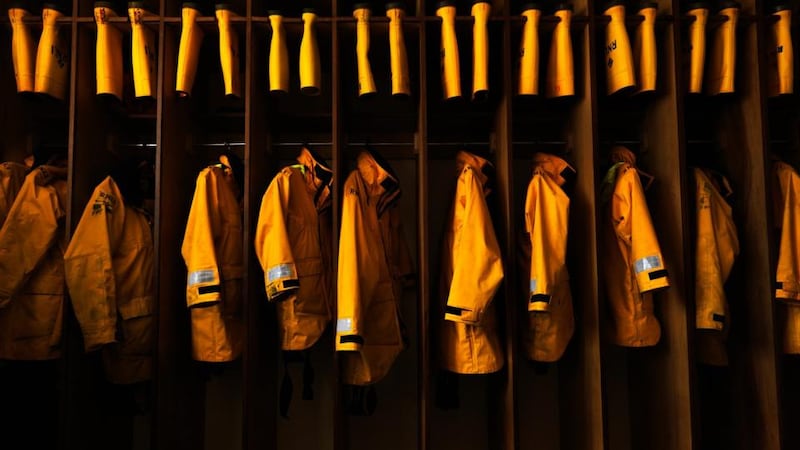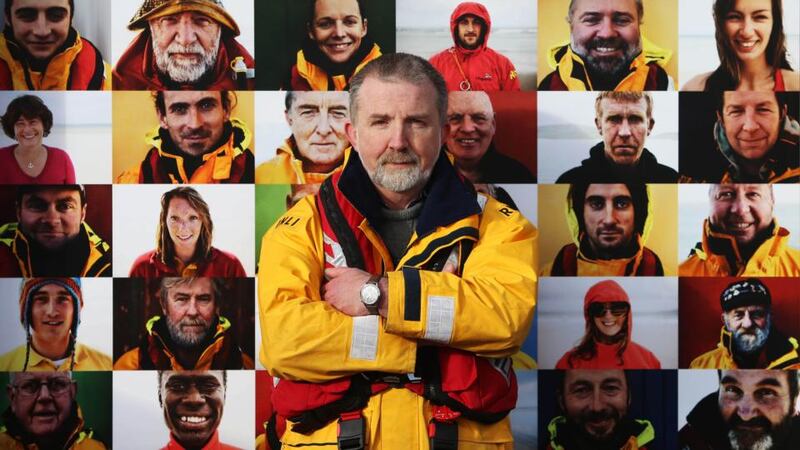An outdoor exhibition showcasing photographs of the work of the Royal National Lifeboat Institution (RNLI) has gone on display in Grand Canal Square in Dublin city.
The Lifeboat: Courage on our Coasts exhibition showcases over 50 images captured through the lens of RNLI lifeboat crew member and professional photographer Nigel Millard. The photographs offer an eyewitness insight into the full scope of the RNLI's lifesaving work. To capture the images, Mr Millard, who volunteers as a crew member at Torbay in Devon, visited RNLI lifeboat stations and lifeguard units around Ireland and the UK.The exhibition will be open to the public until December 2nd.
Meanwhile, a fundraising appeal has been launched to save the only RNLI lifeboat to win a gold medal for gallantry and bring her back to Ballycotton in east Cork near the scene of arguably the most famous rescue in Irish maritime history.


The Mary Stanford Lifeboat was based in Ballycotton when she saved the seven-crew members of the Daunt Lightship, LV Comet, which broke free from her moorings in heavy seas on February 8th, 1936.
According to Stephen Belton of the Save the Mary Stanford Committee, the rescue, which was commemorated with a postage stamp in 1974 to mark the 150th anniversary of the RNLI, makes for harrowing reading. "After over 60 hours of trying to get a line aboard, the crew of the Mary Stanford, exhausted and hungry, made one last attempt to save the crew of the Comet when Cox Sliney decided the only option was to go alongside and for the lightship crew to jump aboard the lifeboat.
“On the first attempt, one man got on board, on the second attempt no one jumped; a third time, and five men were safe. The lifeboat went in a fourth and fifth time, and again no one was able to make it. Two men were still on board, clinging to the rails, too exhausted to jump. On the sixth attempt, the two were seized by the lifeboat crew and dragged aboard.”










